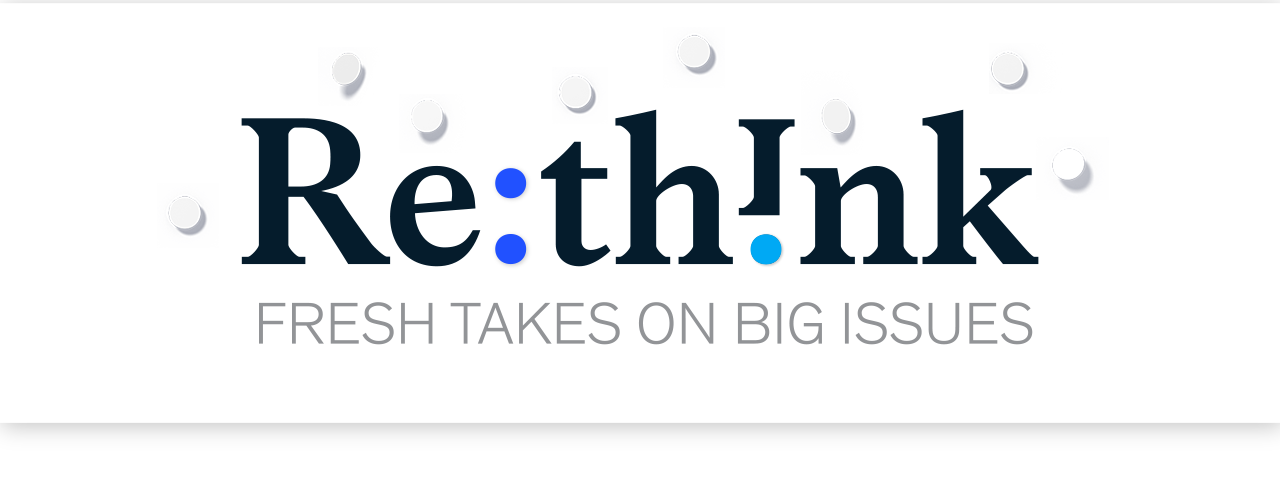| | |
|
|
AFTER GEORGE FLOYD
Making diversity pledges matter
|
|
|
|
|
|
|
|
|
|
|
|
After the murder of George Floyd, big US companies pledged well over $50 billion toward diversity and racial-equity efforts of all kinds. Many of the pledges were made with an incomplete understanding of what it would take to actually meet the commitments. People needed to come out in the moment and make a commitment. They would focus on the “how” later. Recently, I’ve been talking to many of the leaders at those companies. They are anxious to follow through on those commitments. They are ready to get it right. And, as I’ll explain later, this is a propitious moment.
This work of turning pledges into operations that truly make a difference is in its infancy. But we’re seeing signs of progress in three key areas: capital, connectivity, and technical assistance and support.
With capital, financial institutions have pledged an influx of capital into community banks and minority depository institutions. And banks have all stepped up and said they would expand their lending. But time and again, Black loan applicants are getting turned down at higher rates than other racial groups.
So the question is, “How are you thinking of creative ways to leverage data and analytics to determine creditworthiness?” We’re not saying that anyone should extend credit where it is not warranted. But they should look beyond conventional metrics. For example, in some markets applicants are getting credit for paying rent. That’s not a traditional piece of your credit score, but it’s the most meaningful monthly expense for many families.
By thinking creatively about their balance sheet and commercial terms, companies can facilitate the growth of small companies they work with and help them bridge some of the problems they have accessing capital. Let’s say that you’re a company that makes home security equipment, and you contract with smaller companies to install your equipment in homes and offices. Could you lend some money to a small minority company to help them scale up the workforce that’s required to meet the contractual commitments you’ve agreed to? You’re on both sides of that transaction, but you have privileged information.
That’s the creativity we need. I’m not saying every party should become a bank, but how can we get creative?
|
|
| |
|
“When you think about how important access is to your own company’s way of doing business, why not help your suppliers who don’t have the same access?”
|
|
| |
Then there’s connectivity. What can corporations do to help bridge what I’ll call the professional- and social-network gap? This is all about access to relationships. How can you connect suppliers and business partners to one another within a given ecosystem? Industry groups do this in a convening way, so, in a way, big companies are already funding these kinds of connections. But if companies committed some more of their resources—not necessarily money—to this, there could be huge benefits. When you think about how important this is to your own company’s way of doing business, why not help your suppliers who don’t have the same access?
This is connected to the third point, technical assistance. You see this a lot in the manufacturing side of supplier development programs, where companies have created internal infrastructures to help build out the capabilities, the resiliency, and the scale of their suppliers. They’ve got experienced professionals spending real time helping to build the capabilities of these suppliers so they can scale to meet the needs of their company, and other companies. And, of course, the big companies have to make business opportunities for these small businesses. They’re not helping them upscale just for the sake of upscaling.
In essence, these programs are about helping companies understand what it takes to go from mom and pop to middle market, or middle market to billion-dollar enterprise. Since minority-owned businesses skew smaller, they can benefit disproportionately from these programs. But this is just a good business practice, particularly in the context of all the challenges facing global supply chains now.
The supply chain reset we’re seeing could be a significant moment for minority-owned businesses. It’s a great opportunity for companies wanting to deliver on those well-intended diversity and racial-equity pledges. As companies look at trends such as nearshoring, they could redevelop their supply base with an eye toward increased participation from minority businesses. There are plenty of road maps for how to do this. Yes, it will take some investment, but it will pay off in the medium and long term. People are just starting to understand this connection between supply chains and their diversity commitments. We’re in the very early days. |
|
|
| | | |
| |
|
|
|
|
|
|
Effectively pursuing broad racial-equity goals can help consumer-facing companies better serve Black consumers.
|
|
|
|
|
 |
|
|
|
|
|
The right business ecosystems can mitigate or negate the effects of structural obstacles to business building for Black business owners—and add $290 billion in business equity.
|
|
|
|
|
|
|
| |
Jennifer Schmidt on retail supply chains |
|
|
Amidst the pandemic-driven disruption to supply chains, some companies find success with truly novel approaches.
|
|
|
| | |
This email contains information about McKinsey’s research, insights, services, or events. By opening our emails or clicking on links, you agree to our use of cookies and web tracking technology. For more information on how we use and protect your information, please review our privacy policy. |
|
You received this email because you subscribed to our McKinsey Quarterly alert list. |
|
|
Copyright © 2022 | McKinsey & Company, 3 World Trade Center, 175 Greenwich Street, New York, NY 10007 |
|
|
|
|
|





